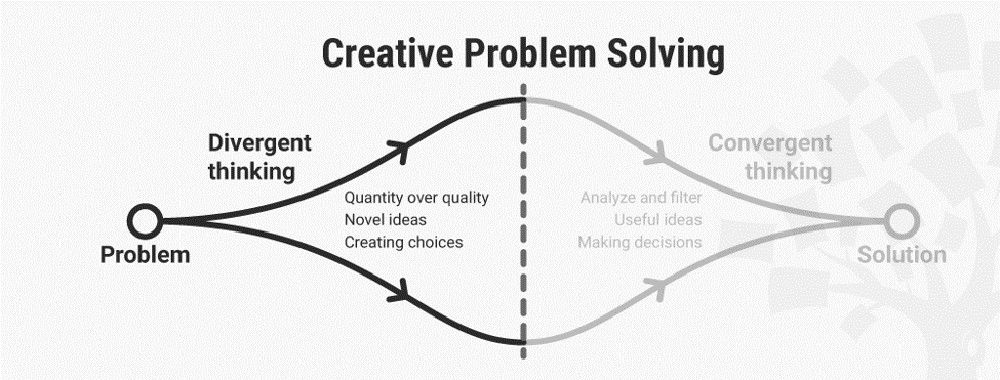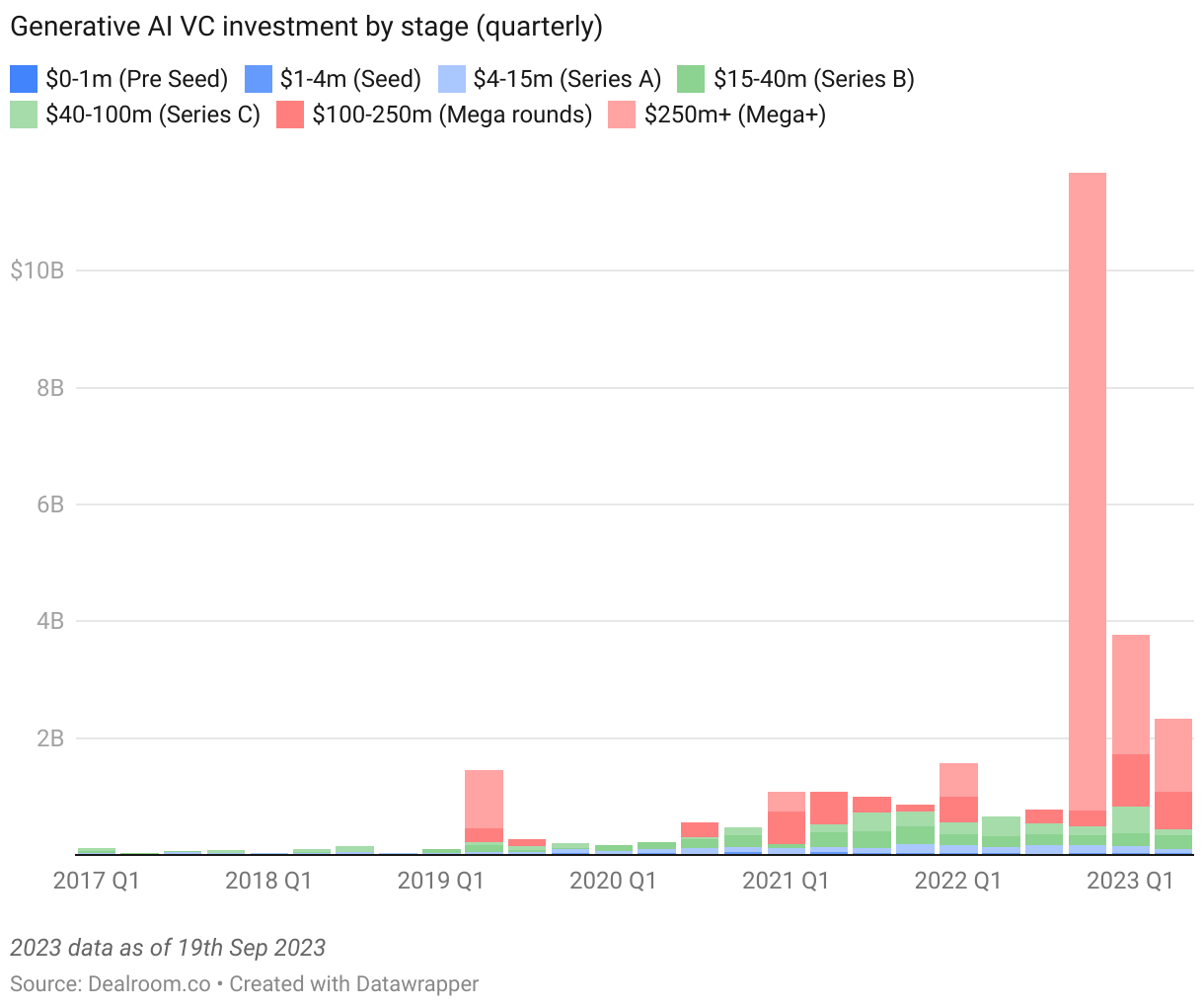Long Take: The difference between Generative AI and Machine Learning for Finance
It's turtle robots all the way down
Gm Fintech Architects —
Today we are diving into the following topics:
Summary: We delve into the progression and potential of generative AI in the current technological landscape. Examining generative AI's position in the hype cycle, we highlight how this technology transcends mere decision-making to actively create human-like content, primarily appealing to human senses. Drawing parallels to transformative tech shifts like personal computers and mobile phones, the potential for generative AI to become a core part of human interaction and productivity is underscored. Yet, amidst the optimism, there's caution to discern between genuine utility and mere novelty as the technology evolves. Finally, we explain the difference between machine learning and generative AI applications in financial services.
Topics: artificial intelligence, financial services, OpenAI
If you got value from this article, let us know your thoughts! And to recommend new topics and companies for coverage, leave a note below.
Long Take
The Hype Cycle
You might be a future techno-optimist. Or you might be a techno-skeptic, or somewhere in between. Depending on the weather, one of those will always be right.
So it is with artificial intelligence. Our tilt here has always been towards a rigorous understanding of what an innovative trend could become, if it does happen. We are less interested in why that trend could failr, as life will prove that out in practice. Novelty search is the primary filter by which we expand our set of possibilities. Only Thereafter, we narrow those possibilities to likelihoods using fundamental and macro analysis to ground back into reality. This is the shape of creative problem solving and design-thinking.
To that end, we must continue to polish and filter our understanding of emerging technologies and their possibilities. Let us revisit the topic of generative AI, now about 12 months into the hype cycle. We stand by the necessity of learning the fundamental promises of this technology, and its deeply transformative impact.
Here is where generative AI according to Gartner in August 2023. Spoiler alert — it’s pretty high.
For context, here is the same chart for NFTs and Web3 a year ago. Ouch!
Those technologies are now deep in the trough of disillusionment — the place where emerging tech goes to have an existential crisis about revenue and use cases. Generative AI companies have not yet started systemically blowing up and failing, and OpenAI is showing us amazing multi-modal tricks by integrating DALL-E and a variety of extensions into GPT-4. And yet, venture financing is starting to slow, looking for more commercial applications.
The mega rounds over the last several quarters have gone to foundational models — those engines of machine intelligence trained on the entire Internet of human content and media. Training such robots requires both massive hardware and software investment, as does their operation. Open source models have been able to replicate some of the performance of these pioneers, and generate comparable outcomes for much cheaper. We expect the cost within open source to continue to go down, while closed source companies lead on quality and distribution.
But look, it’s not enough to have thoughts about broad, industry-wide trends. After all, we are here to think about money and finance.
The Narrowest Claim — Labor Productivity
There is an indulgent part of thinking about AI — the terminators and blade runners, dyson spheres around the Sun, the paper clip doomsday, the Singularity and general AI alignment. These far future scenarios are fantastic science fiction fodder, and, end-of-the-day, are far more about humans and philosophy than they are about some particular technological trend. That’s just good Sci Fi.
If we step away from the species-level questions about AI, what is the most narrow claim we can examine? We think it is an economic claim. Whenever we humans create a breakthrough technology — from taming fire, to developing language, to writing things down, to the use of energy, to computation — our creative potential increases. There are more of us in the world, we make more things, and we conquer the chaos of nature. A crude measure of this is GDP or consumer surplus.
McKinsey says AI could add $2-8 trillion of new economic activity to the world. It may also subtract some trillions through unemployment and redundancy, making many of us in the intellectual professions into yesterday’s lamplighters. But on balance, we should expect to see growth in productivity.
Now what does generative AI make? We’ll touch on this in more detail later, but at a high level, it makes digital goods and services. It does not make sandwiches, or wash our laundry. No, it makes digital media — software-based speech and image. Perhaps at some point, it will plug into the replicator from Star Trek, and 3D print molecules into physical objects. But today, its machine labor makes digital artifacts.
Where shall such machine creations be produced, exchanged, and settled? If only there was some machine network or protocol for market activity? Some sort of next generation economic Internet. But let’s not digress.
Outside of Finance
Let’s say you agree with the premise that, at least, there will be economic transformation. In applying this to finance, we have to split our analysis into digestible parts. The first distinction we propose is to try and understand the impact within the financial industry, and outside the financial industry.












